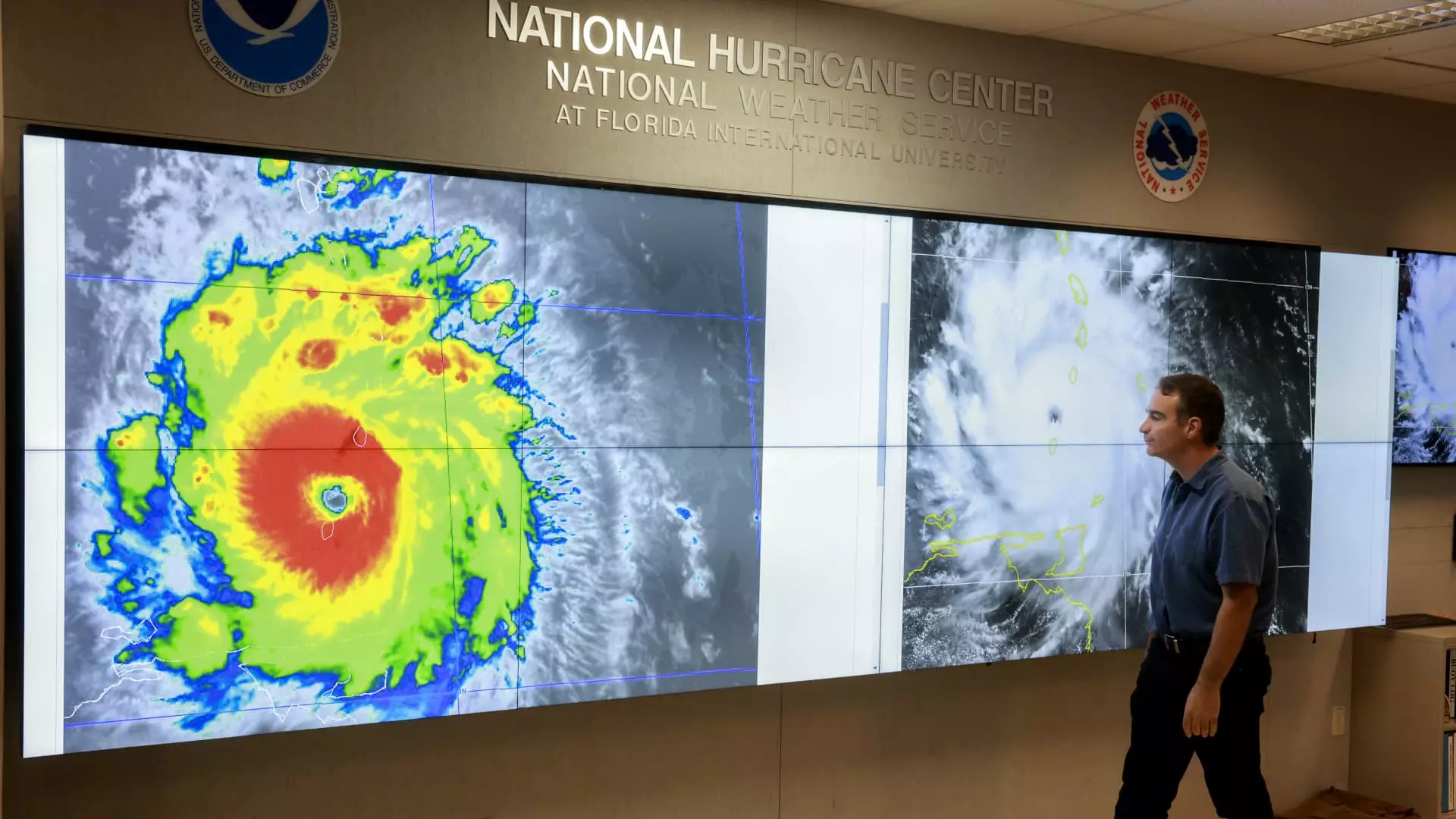As we stand on the brink of another hurricane season, government scientists have delivered a chilling forecast for 2025: a 60% chance of an above-average season. For the uninitiated, this number might seem like just another statistic, yet it signals significant implications for millions living in vulnerable areas. The National Oceanic and Atmospheric Administration (NOAA) anticipates a tumultuous season ahead, predicting between 13 to 19 named storms, with 6 to 10 likely reaching hurricane status. Even more alarming, 3 to 5 are anticipated to escalate into major hurricanes. This prediction should be ringing alarm bells across coastal communities, yet we seem to be stuck in a cycle of complacency, accentuated by governmental neglect and budget cuts that jeopardize essential climate science efforts.
The Dangers of Budget Cuts in Climate Science
Laura Grimm, the acting NOAA administrator, emphasized the agency’s commitment to protecting human lives and property, claiming it remains fully staffed and ready for the impending storms. However, her unwillingness to tackle questions about budget cuts raises substantial concerns. While it is true that technological advancements in weather prediction have improved accuracy in recent years, the link between adequate funding and the efficacy of these advancements cannot be ignored. When we defund vital climate science initiatives, we are effectively gambling with the lives of potential victims. Are we really prepared to place our faith in an agency that is increasingly shackled by economic constraints? The ambiguity surrounding NOAA’s budget and priorities stands as a stark reminder of how vulnerable we remain.
The Reality of Insurance in a Changing Climate
A recent report from Aon demonstrates the severe ramifications of these weather phenomena, indicating that the hurricanes of 2024 caused over $37 billion in insured losses. Interestingly, the insurance sector still saw its best underwriting performance since 2013, a testament to modern risk assessment methodologies but also a troubling indicator of our increasing susceptibility to catastrophic losses. The fact that the U.S. property casualty insurance industry is facing cumulative losses exceeding $50 billion from California wildfires alone illuminates the unpredictability that climate change has wrought on traditional insurance models. We cannot afford to ignore the repercussions as insurance becomes more expensive, forcing families into precarious positions, particularly those in already economically strained regions.
Rising Trends in Severe Weather
In terms of future weather disasters, the Midwest has reported an astonishing 883 local tornadoes as of now—35% higher than the average for this time of the year. Severely convective storms have accounted for an estimated $10 billion in insured losses just in Q1, along with an additional $7 billion from a single storm. This makes the statistic regarding the last decade—a staggering 90% increase in average annual insured losses—a reality we cannot afford to ignore. Taxpayers and policyholders should be deeply concerned about the existential threat to the insurance industry as rising claims amplify costs and reduce accessibility to affordable insurance for homeowners, particularly in high-risk areas.
Mitigation Efforts: A Glimmer of Hope
Yet, amidst this grim landscape, there are signs of hope. Efforts to bolster state and local resilience remain crucial, with initiatives to enhance building codes and implement flood prevention projects continually underway. Cynthia Lee Sheng, president of Jefferson County Parish, pointed out the immense value of these mitigation measures, stating that for every dollar spent on preparedness, an estimated $13 is saved in disaster recovery costs. This speaks volumes about the importance of investing in community safety and disaster resilience—something our policymakers must prioritize, rather than allowing the shackling influence of budget cuts to undermine our defenses against climate catastrophes.
As we brace ourselves for another hurricane season, the question looms larger: Are we genuinely prepared to face the impending storms, or will we continue to let shortsighted economic decisions dictate our future? The data is clear, and the whispers of nature are growing louder. We cannot afford to ignore the signs and must prioritize proactive measures rather than reactive responses to disasters. The time for change is not tomorrow, but now.

